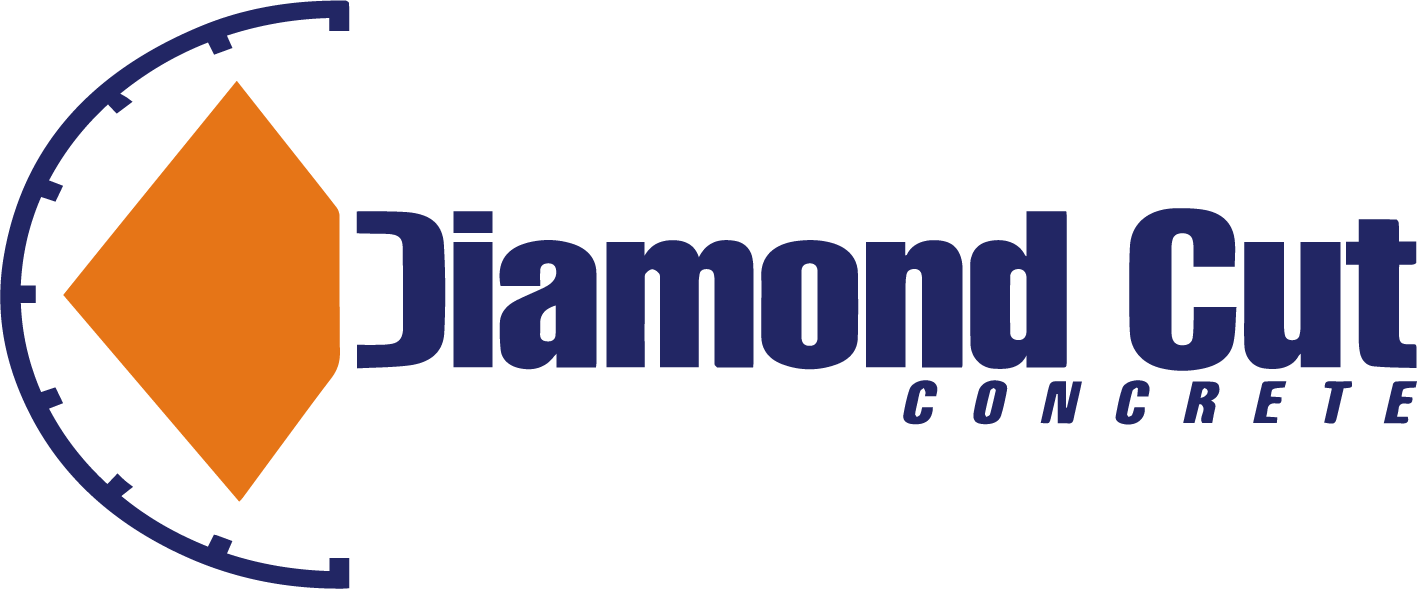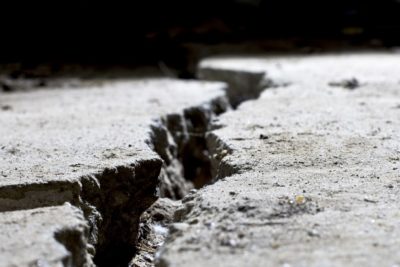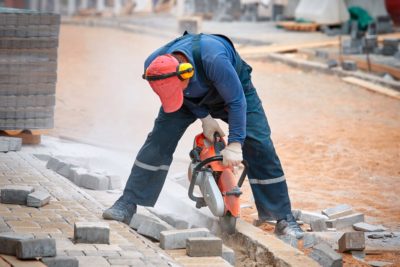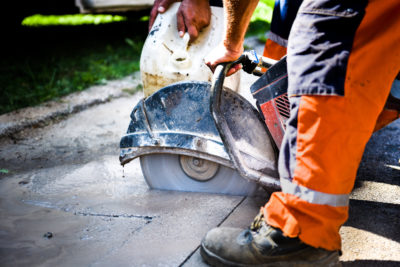Concrete polishing is a refined flooring technique that has grown immensely in popularity, and rightly so! Polished concrete is the ultimate flooring material, as it requires no wax and is highly durable, while its high-lustre appearance makes quite the statement.
Just think of a high-end auto showroom. The glossy, mirror-like floors reflect dazzling lights, enhancing the already glamorous experience. Why not mimic this image in your very own home?
Whether you’re a concrete expert or novice, here’s all you need to know about concrete polishing.
Concrete Grinding Versus Concrete Polishing
While these terms are often used interchangeably, they are somewhat different. Both processes involve machines with multiple abrasives to refine concrete surfaces in stages until the desired finish is achieved.
Concrete processing can be divided into three categories, namely concrete grinding, concrete honing, and concrete polishing. Each stage requires different equipment.
Concrete grinding is the first step in processing concrete as it removes irregularities and imperfections. Honed concrete is a cheaper and faster alternative to polished concrete, often referred to by industry professionals as a simple “grind and seal” since a layer of sealant is applied to the concrete surface after the grinder has done its work.
Concrete polishing is the most time-consuming and labour-intensive of these three processes because the result is a smooth, glossy surface, almost glass-like. Even burnished concrete fails to compare to a polished concrete floor!
What Are the Benefits of Concrete Polishing?
Why do people polish concrete? Most people prefer polished floors these days due to the various benefits of concrete polishing. So, let’s have a look at these benefits.
Polished Concrete Floors’ Residential Benefits
Here are some of the main polished concrete floor residential benefits.
- Since traditional floor covering materials are unnecessary when you use a polished concrete slab as the finished floor surface, there are no additional costs involved in the process.
- Polished floors are not as susceptible to damage as many other materials and do not need to be replaced, which means you’ll save money in the long run.
- Polished concrete floors won’t harbour dust, dirt, or other allergens and are very easy to clean.
- Concrete polishing offers a wide variety of colours and designs.
Commercial and Retail Benefits
Here’s an overview of the top commercial and retail concrete flooring benefits.
- The finished concrete floor surface is more cost-effective than a tiled floor, for example, since maintenance costs are much lower.
- This flooring is more durable when it comes to high foot traffic and does not need any waxing or stripping, so it’s low maintenance.
- Polished concrete is more resistant to moisture than other flooring materials.
- The flooring is easy to clean with a mop.
- The glossy surface of polished concrete flooring also resists marks caused by forklift truck tires and staining from oil and chemical spills.
- Polished concrete has a high light reflectivity, ideal for office building floors, hotels, restaurants, and other facilities that want to project a sophisticated, professional image.
- Reduced artificial lighting requirements mean polished concrete floors save energy.
- You don’t need to add hazardous coatings, cleaners or adhesives, making it a sustainable flooring solution.
- These areas can be put into service immediately, which means minimum downtime.
- Polished concrete floors are durable and able to withstand the heavy equipment’s weight, while you also can’t scratch these surfaces easily.
When Should You Polish Concrete?
Almost any solid concrete floor, existing or new, can be polished. However, note that the floor should be in place for at least 28 days before polishing begins to ensure proper curing.
Where to Use Polished Concrete
Here are some of the places where polished concrete is a popular choice:
- Large warehouses and warehouse outlets
- Retail stores
- Hotels and restaurants
- Office buildings
- Auto showrooms
- Private residences
Polished Concrete Maintenance
How do you maintain a polished concrete floor? After you polish concrete, you should avoid the following:
- Standing liquids of any kind, including water
- Detergents containing hydroxides or sulphates
- Acidic or caustic cleaners as these detergents will etch the surface and dull the floor’s finish over time
- Contact with any acids
- Treated dust mops or sweeping compounds
- Bleach or any harsh chemicals
- Aggressive scrubbing brushes
Polished Concrete Gloss Levels
Depending on the diamond grit you used to polish the concrete floor, you can get various sheen levels, from matte to a glossy mirror-like finish. Here are the four levels of concrete polishing and the degree of shine you can expect to achieve at each level.
Level 1: Flat or Ground Concrete (Image Clarity Value 0-9%)
You can obtain a level 1 ground polish by stopping below the 100-grit resin bond. The floor will appear somewhat hazy with little clarity or reflection when looking down at it.
Level 2: Satin or Honed Concrete (Image Clarity Value 10-39%)
A level 2 honed polish stops at the 400-grit resin bond, producing a low-sheen finish. This grit level has a low-lustre matte finish.
Level 3: Polished Concrete (Image Clarity Value 40-69%)
You get a level 3 polish if you use an 800-grit or higher diamond abrasive. As a result, it will have a higher sheen than a level 2 finish, and you’ll start to see good light reflectivity.
Level 4: Highly Polished Concrete (Image Clarity Value 70-100%)
For a level 4 polish, you need a 3,000-grit resin-bond diamond. This results in a high degree of shine, so much so that you should be able to see your own reflection on the flooring with clarity. Also, the floor might appear wet when viewed from different angles.
Should I Polish My Concrete Floor?
From polished concrete floors to polished concrete driveways, concrete floor finishes have become highly fashionable. So, should you polish your concrete floor?
We can say that concrete polishing requires a great deal of expertise and the use of specialised, heavy-duty polishing equipment with diamond-impregnated disks that gradually grind down surfaces to the desired degree of smoothness. Considering the skill required, you’ll want to hire a professional concrete polishing contractor to do the work for you.
Who Can Help?
Diamond Cut Concrete specialises in all things concrete-related, from concrete scanning to cutting, drilling and polishing. Contact us today for all your concrete polishing needs!



